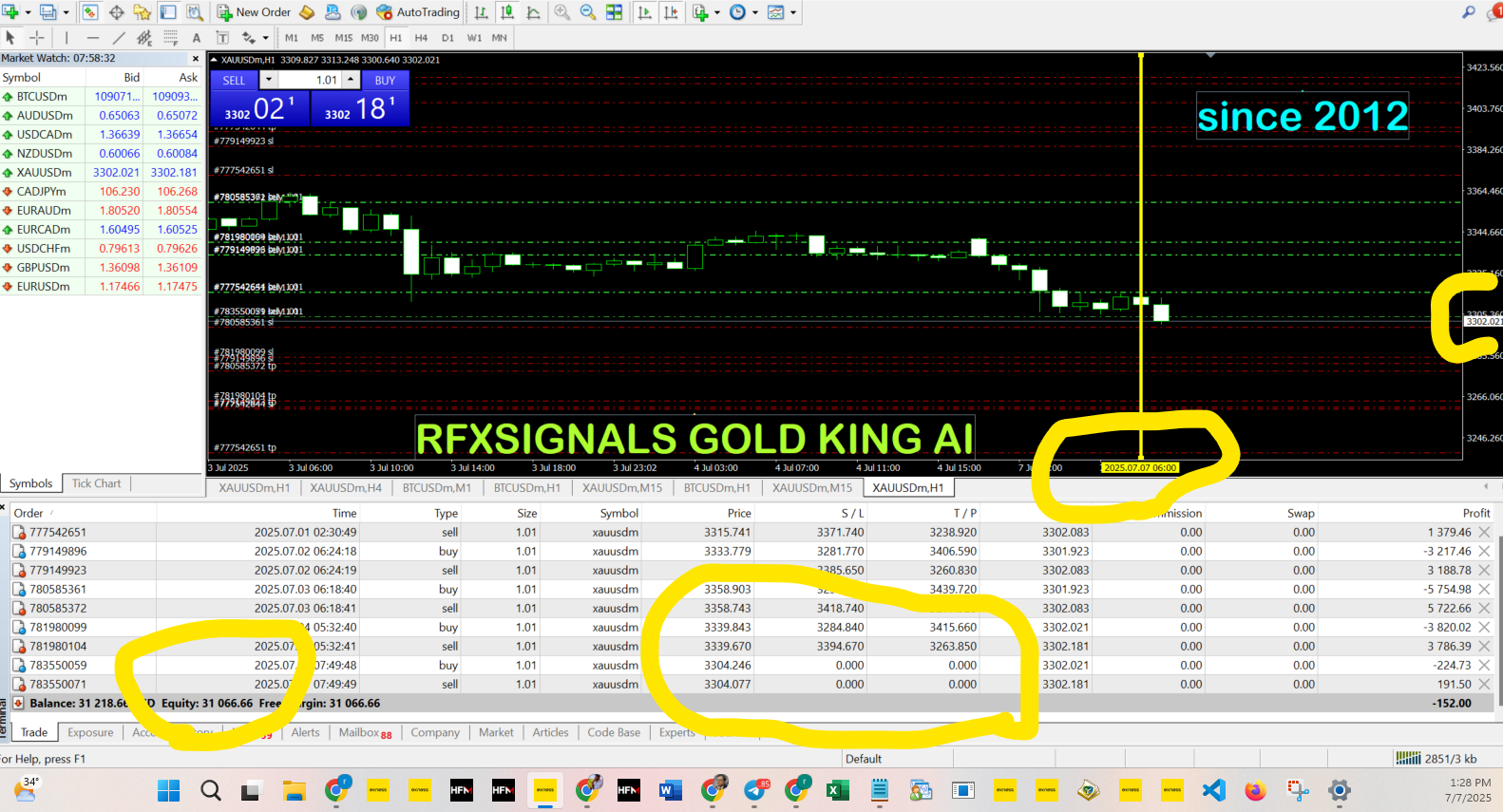
How Economic News Impacts Forex Prices
Why Economic News Moves FX
Currency prices reflect expectations about future interest rates, economic growth, and risk sentiment. Economic data and central bank communications change those expectations. When a release differs from consensus (a surprise), traders quickly repriced currencies to reflect the new information — this is why surprises cause the biggest moves.
Which Releases Matter Most?
Not every data point impacts forex equally. Here are the high-impact releases to watch:
- Interest rate decisions & policy statements — central bank moves (Fed, ECB, BoE, BoJ, RBA) and forward guidance are market-moving.
- Inflation data (CPI, PCE) — core and headline readings influence rate expectations.
- Employment reports (NFP, unemployment rate) — signal labour market strength and consumer capacity to spend.
- GDP — shows economic growth direction; large surprises can shift long-term currency trends.
- PMIs — early indicators of manufacturing/services momentum; watched for directional shifts.
- Trade balance & current account — affect net currency demand over time.
Typical Market Reactions
Immediate Volatility
At the moment of release markets often spike in both directions as liquidity evaporates and participants react. Fast-moving algorithms and institutions can create large intraday swings.
Reversion and Follow-through
Sometimes the initial spike is a knee-jerk reaction that quickly reverses as traders reassess context (e.g., rate path vs one-off data). Other times the release confirms a trend and triggers sustained follow-through.
Risk Sentiment Shifts
Risk-on releases (strong growth) tend to weaken safe-havens (JPY, CHF) and strengthen higher-yielding or cyclical currencies. Risk-off events push flows into safe assets.
How to Prepare for News Releases
- Use an economic calendar and set alerts for the releases relevant to the pairs you trade. (See: Economic Calendar.)
- Know the consensus and prior prints — the magnitude of surprise matters more than direction alone.
- Decide your approach ahead of time: trade the release, fade the initial spike, or stay out to avoid whipsaw risk.
- Reduce position size or widen stops when trading during high-impact events to manage risk.
Practical Trading Approaches
Here are common approaches traders use around news:
- Straddle strategy: Place buy and sell at orders around the current price and wait for one side to trigger; useful for expected big moves but requires wide stops.
- Wait-for-confirmation: Let the initial volatility settle and enter on a breakout or retest of a key level that forms after the release.
- Fade the spike: If you believe the market overreacted, trade in the opposite direction after a clear, exhausted spike and with strict risk control.
- Stay flat: The safest choice — many experienced traders avoid holding positions through unpredictable releases.
Case Study: Nonfarm Payrolls (NFP)
NFP is a classic example. A stronger-than-expected print typically boosts USD as it raises the chance of higher Fed rates; a weaker print does the opposite. NFP often produces immediate large moves and then a period of reassessment where traders look at unemployment rate, participation, and wages to judge the quality of the print.
Risk Management Around News
Protecting capital is essential. Use these rules:
- Lower leverage for news trades; high leverage amplifies losses in volatile spikes.
- Use mental stops in illiquid conditions and consider broker execution risks during huge moves.
- Don’t chase fills during flash spikes — wait for clear price structure before adding to trades.
Tools & Signals
Good tools make a difference: an accurate economic calendar, live news feed, and curated trade signals can speed decisions. RFXSignals offers event alerts and trade ideas that translate economic releases into actionable setups. Check our:
Putting It Together: A Simple Checklist
- Identify the event and its scheduled time in your timezone.
- Note consensus and prior values; quantify the potential surprise.
- Choose approach (trade, fade, wait, or stay out) and set position size beforehand.
- Use stops, lower leverage, and prefer confirmed price structure for entries.
- Journal the trade to learn what works — pattern, outcome, and lessons.












